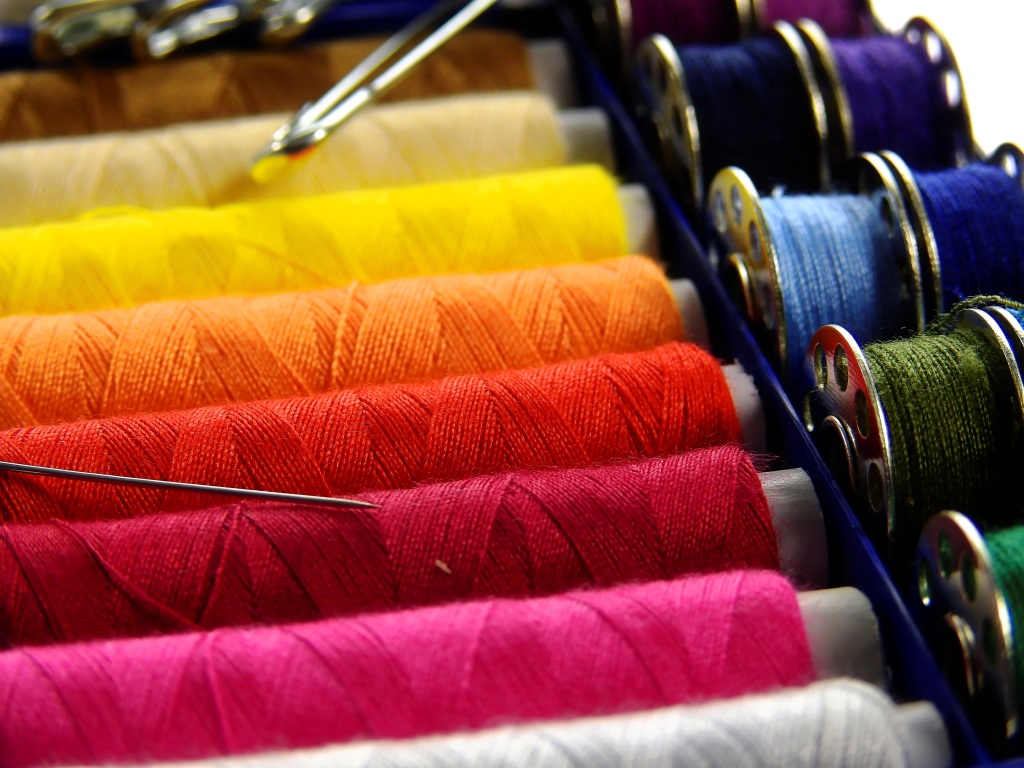What makes home sewists start to make their own clothes? And how does this relate to their imaginative and creative style of thinking? Lauren Cox stitches together the results of her research into the motivational patterns of sewists.
Continue readingCategory Archives: Performance research
Calling all performers and visual artists! How does your environment affect how you think?
Featured
Do you paint, dance or act? Perhaps you’re a budding novelist or poet? Maybe you write concertos in your spare time?
We’re looking for artists of all varieties to participate in a survey exploring how a person’s response to their environment affects their thinking style.
Continue readingThe Rise and Rise of Wordle
You can’t have failed to notice the recent meteoric rise of Wordle. From November 2021, when its creator Josh Wardle first shared it on Twitter and it had 90 players, to 2 million players in the second week of January 2022, it has certainly caught the public consciousness. But why is that? And what makes a good Wordle player? Philip Fine investigates.
Continue readingCalling All Sewists!

Do you sew garments at home for yourself or others? We’re currently running a survey looking at the reasons people sew garments, together with some other aspects of personality which may be relevant. This is a really interesting leisure activity, but it’s heavily under-researched, so the findings are going to be fascinating.
The survey should only take about 20 minutes to complete, and it’s totally anonymous. Please do consider taking part, by clicking the link here to find out more!
Image credits:
Creativity and Leisure in COVID-19 – an update
We recently published our findings about creative pursuits under lockdown in a Frontiers Special Issue on ‘Creativity and Innovation in Times of Crisis (COVID-19)’. Here’s the take-away summary of what we found.
Continue readingCracking Psychology: Understanding the appeal of cryptic crosswords #2 – Rebus-type clues (‘Say what you see’)
In this second part of a series unpacking the psychology behind cryptic crossword solving, Kathryn Friedlander explores the connection between cryptic clues and the ‘rebus’ or ‘word-picture’ puzzle form.
Continue readingThinking flexibly is key to cryptic crossword solving
When it comes to thinking about cryptic crossword solvers, what kind of image springs to mind? Maybe Chief Inspector Morse, a vicar, or a bowler-hatted Civil Servant? But would you be right…? Kathryn Friedlander shares new research lifting the lid on the mind of the cryptic solver – and finds that they are an academically able group, tending towards science, with fantastically flexible problem-solving abilities.
Continue readingCreativity and Leisure in COVID-19
Kathryn Friedlander explores a few ways in which creative thought and activities can help us during lockdown. Take part in our survey to help us understand more!
Continue readingLet’s Be Creative: What’s new in creativity research?
Philip Fine tells us about a newly published eBook looking at novel ways of researching creativity.

Though creativity has many definitions, it essentially describes behaviours which lead to novel and meaningful products and outcomes. We can observe creativity in all domains of human behaviour, thought and experience, including creative cognition and problem-solving (divergent thinking and insight), artistic performance (music, dance) and creative design and production (art, design, fashion).
Calling all keen quizzers!
Are you a keen quizzer? We’re looking for participants in a survey exploring the motivations and expertise development of those who take part in quizzing at any level. Could you help? Link is here: Quiz survey
